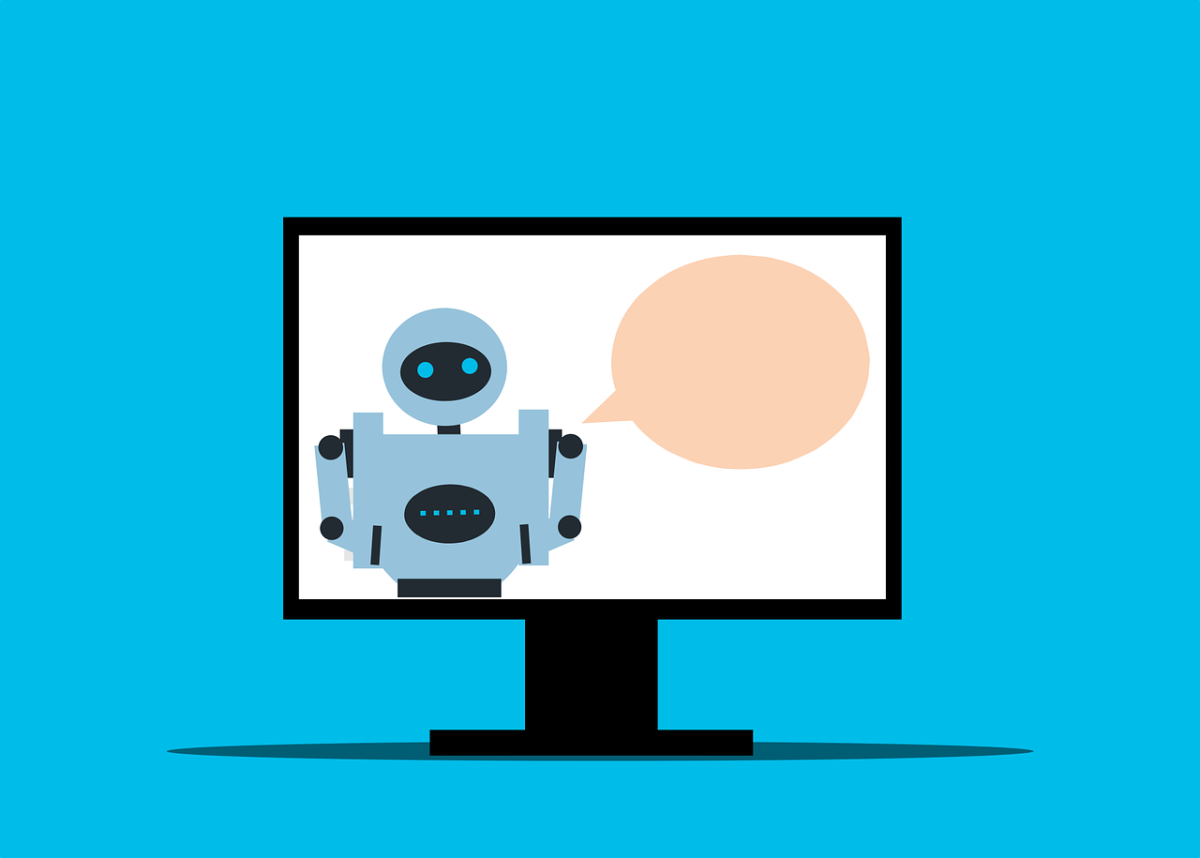Best Industry Use Cases for Conversational AI

Today Artificial Intelligence (AI) is the most pervasive technology. Conversational AI (CAI) is gradually becoming the popular frontier in this technology, relying on human language. Many firms are turning to technology for support in order to stay competitive.
But how can people put conversational AI to work in their businesses?
Before heading to the industry use case for Conversational AI, let’s discuss the meaning of Conversational AI:
Conversational AI: The meaning
Conversational AI is a subset of artificial intelligence that tries to mimic human discussions and provide an experience like humans. These AI systems attempt to mimic human experience as precisely as possible. Conversational AI uses machine learning technologies like Natural Language Understanding (NLU) and Natural Language Processing (NLP) to analyze and interpret language data (what people say) (what they mean).
The use of Conversational AI
Other technologies, such as sentiment analysis, dialogue management, and speech recognition will assist conversational AI in responding appropriately. To understand and communicate with one another, conversational AI requires data from humans.
Where to find Conversational AI?
Conversational AI is a natural progression from chatbots, the first AI applications. Conversational AI allows for more contextualized dialogue than chatbots, which follow a script. Because it can understand language at a deeper level, conversational AI can be more complicated and subtle than chatbots.
The Importance of Conversational AI
It is understandable why Chatbots have become so popular. Conversational AI systems have the ability to scale, provide 24/7 service and asynchronous discussions, and are expected to save money in areas such as banking.
- By 2021, having chatbots on the website will not suffice. For the optimal customer service experience, businesses need intelligent chatbots that can process and interpret natural language.
- Chatbots are supposed to be more intuitive and useful than FAQs. Conversational AI, when done correctly, can give a customer experience that is on par with or better than live chat.
- A bot, a website, and a bot must establish a handshake. Bots cannot compete with or take the place of websites. The greatest chatbot designs combine the bot and the website.
- Conversational AI bots can help contact centers save money while improving customer service and engagement.
- Conversational AI applications are behind many chatbots, and devices that exist in the market today, proving to be a vital component of social success due to machine learning technologies.
Best Industry Use Cases for Conversational AI
Conversational AI is exploding in popularity as it becomes increasingly helpful for a wider range of applications. The top five industries and their Conversational AI applications are listed below. They aim to improve customer service, interaction, and the overall user experience.
Data Collection
Conversational AI isn’t only about interacting with customers. It can genuinely assist the company in collecting and analyzing data that can use to make critical decisions, giving them a competitive advantage.
They can even use this information in order to understand their clients and assist their employees in identifying flaws in present processes.
Also Read: CDPO Full Form and What Is CDPO
Retail
Here are a few examples of its uses:
Customer Data Insight:
Digital recordings of customer discussions are possible. This reduces the need to transcribe every word spoken during a customer service transaction. Simply examining the search queries that your company receives might provide you with more information about your products and services.
Product Recommendations:
A conversational AI solution can use by retailers to offer product suggestions based on customer interaction.
Multi-channel Integrations and Scalability:
Without the assistance of a human agent, conversational AI systems may hold discussions across many channels at the same time (from web support to email to chats on Facebook Messenger or WhatsApp).
This can boost conversions and sales while lowering expenses associated with traditional communication methods that require human participation, like phone calls.
Inventory Tracking:
Another use of conversational AI is keeping clients informed about inventory availability through automatic inventory tracking.
Healthcare
Diagnosis:
Conversational AI technology can identify health problems online by asking patients questions. The system can then use the answers to gain insight into the patients’ health problems without waiting for medical assistance.
Medical Scheduling:
Patients can use a conversational AI platform to help them schedule appointments by providing them with information about their upcoming visits. It can also assist patients in organizing their documentation ahead of time in order to simplify medical procedures.
Therapy:
Another use of healthcare conversational AI is to bridge the gap between practitioners and patients. As a result, healthcare institutions can provide round-the-clock service, assisting human therapists.
Virtual Attendant for Patients and Practitioners or telemedicine:
A conversational AI, such as a virtual agent (or intelligent virtual assistant), can assist them in comprehending difficult medical topics. In addition, reduce healthcare stress by allowing medical assistants to focus on essential tasks telemedicine industry is growing. As per Astute Analytica, the global telemedicine market will grow at a CAGR of 28.4% from 2022 to 2030.
Internet of Things (IoT) Devices
Conversational AI-enabled devices that communicate with people through speech recognition are becoming quite the assist in modern households.
In this industry, some of the conversational AI applications include:
- Google Home or Amazon Alexa can use to control home appliances.
- Any device that can call phone numbers or transmit messages to the user is under surveillance.
- People can order food or goods using apps and gadgets like Amazon Alexa. People are learning about their preferences, so the AI bot can recommend products or services that could be of interest to people.
Finance and Banking
Banking and financial services have benefited immensely from conversational Artificial Intelligence in terms of lowering operating costs, automating operations, and improving the overall client experience.
Here are a few examples of conversational Artificial Intelligence in finance and banking:
Checking user balances and processing transactions across all bank accounts is possible with a banking virtual assistant, voice assistant, or AI bot. It can also detect and prevent fraud using Automatic Speech Recognition by detecting phrases or keywords that may suggest fraudulent behavior (ASR).
- Conversational AI can also spot patterns in ordinary behavior that indicate fraud.
- Accessing and analyzing users’ spending patterns or bank accounts is another banking-related conversational AI application that can help people determine how to spend their money.
Conversational AI can also assist people in solving client queries in the banking industry by automating repetitive operations that would take a human representative significantly longer to complete. Automation enables more efficiency, quicker resolution, and increased credibility, which is critical in the banking industry.
Also Read: Top Software Testing Tools




